Posted on 12/19/2025
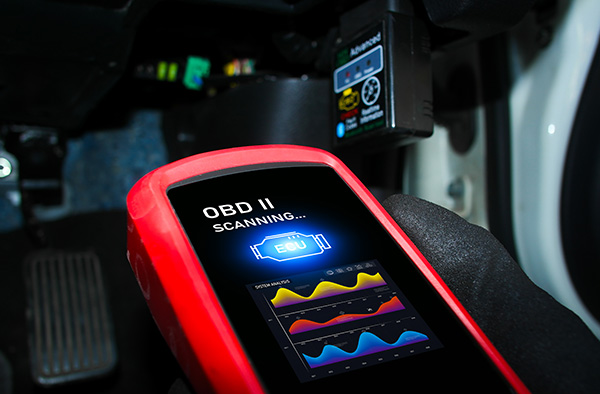
Some engine problems arrive with a bang. Most sneak up slowly. A little noise here, a faint smell there, a warning light that flickers and then goes away. If you know what those early signs usually mean, you are much more likely to fix the small stuff before it snowballs into major engine damage and a big repair bill. Why Modern Engines Still Develop Problems Modern engines are built better than ever, but they work harder than many people realize. Tight tolerances, turbochargers, direct injection, and stop-and-go traffic all add stress. Fluids age, rubber seals shrink, carbon builds up, and heat cycles slowly wear parts out. The good news is that most of the common failures follow patterns. When we see engines come into the bay with big issues, there are usually clues that were present weeks or months earlier. Paying attention to those clues is half the battle. 1. Overheating and Cooling System Failures Overheating is one of the fastest ways to ru ... read more
Posted on 11/28/2025
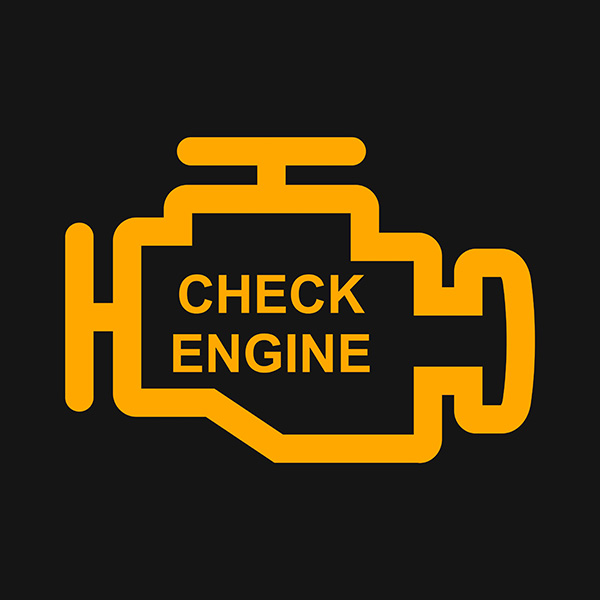
A check engine light can feel vague, but you can learn a lot in a few careful minutes. Some problems are simple and safe to drive on for a short time. Others can overheat the catalytic converter or leave you stranded. Use this owner friendly guide to make smart first moves at home, then decide when it is time for professional diagnostics in Waldorf. What That Light Means The light turns on when the engine computer sees something outside its expected range and decides emissions or reliability could be affected. A steady light usually points to a non-urgent fault. A flashing light warns of an active misfire that can damage the catalyst quickly. Treat a flashing light as urgent, even if the engine still runs. Quick Checks You Can Do Yourself Confirm the gas cap is present, clean, and tightened until it clicks. Check for loose or disconnected air ducts between the air filter box and throttle body. Look for fresh fluid around hoses and near the radiat ... read more
Posted on 10/31/2025
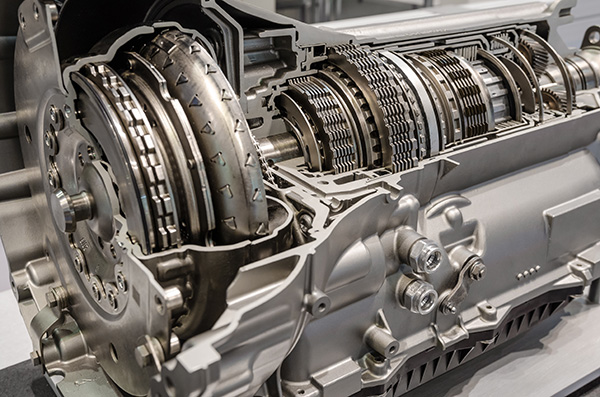
When your transmission takes too long to change gears, it usually means something isn't working the way it should. Maybe the car hesitates when you go from park to drive. Or maybe there's a delay when shifting between gears while driving. These small moments of hesitation are more than just a mild annoyance. They are signs that your transmission is struggling to respond correctly, and if ignored, the issue can get worse over time. Common Reasons for Slow Shifting Automatic transmissions rely on fluid pressure, sensors, and mechanical parts to shift at the right time. When one part of that system is off, gear changes become sluggish. Some of the most common causes include: Low or dirty transmission fluid: This is one of the most frequent reasons for delayed shifting. Fluid provides pressure and lubrication. If it breaks down or leaks, the transmission can't do its job efficiently. Worn clutch packs or bands: These internal components help the transmissio ... read more
Posted on 9/26/2025

When the first snow falls and temperatures drop, most drivers think about snow tires and maybe topping off the windshield washer fluid. But winter weather does more than coat your car in salt and ice. It quietly tests every system under the hood. And while some cold-weather prep is common, other important tasks often get skipped. Here are seven winter maintenance steps that many drivers overlook, but that can make a big difference in how your car performs during the coldest months. 1. Checking Battery Health Under Load Most people only replace the battery when the car won’t start. But cold temperatures make it harder for your battery to produce the same amount of power. A battery that starts fine in the fall might struggle when the thermometer drops. Testing battery ... read more
Posted on 8/29/2025
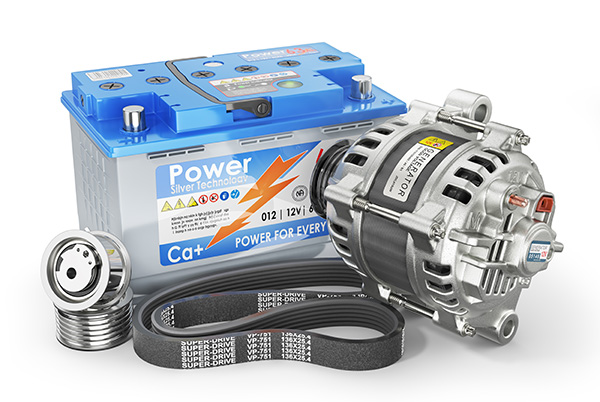
Most drivers think of the battery as the heart of the electrical system, but in reality, it’s the alternator that keeps things running. The alternator’s job is to generate electricity while the engine is running, supplying power to lights, climate control systems, entertainment systems, and other electrical components. At the same time, it recharges the battery so it’s ready to start your car the next time you turn the key. Without a properly functioning alternator, even a brand-new battery will quickly lose charge and leave you stranded. How the Alternator Works The alternator converts mechanical energy from the engine into electrical energy. It uses a belt connected to the crankshaft to spin an internal rotor, which generates alternating current (AC). A built-in rectifier then converts the AC into direct current (DC), which the car’s systems can use. This flow of electricity is what recharges the battery and powers every electrical component ... read more
Posted on 7/28/2025
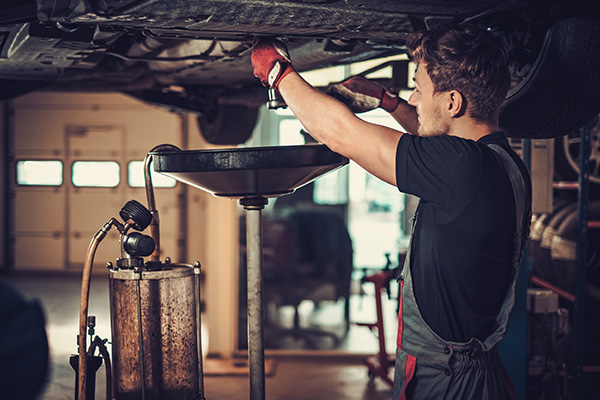
Oil changes are among the most critical maintenance tasks for keeping your car’s engine healthy and running smoothly. While many drivers are aware that they need regular oil changes, few truly understand what happens during the service and why each step is important. By breaking it down, you’ll see why staying on top of oil changes is essential to protecting your investment and keeping your vehicle performing at its best. Why Oil Changes Are So Important Engine oil plays a vital role in lubricating moving parts, reducing friction, and preventing overheating. It also helps clean the engine by carrying away dirt and metal particles. Over time, oil breaks down and loses its effectiveness, which can lead to increased wear and costly engine damage. Routine oil changes ensure your engine stays properly lubricated and free from harmful contaminants. Step 1: Draining the Old Oil The first step is to safely lift the vehicle and remove the oil d ... read more
Posted on 6/27/2025
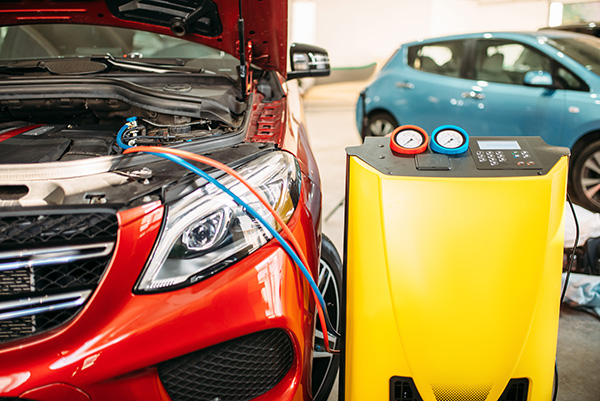
There’s nothing more frustrating than turning on your A/C during a scorching Maryland summer only to feel a faint breeze instead of a blast of cool air. You may think your system just needs a quick recharge, but weak airflow can be a sign of deeper issues. If your car’s A/C isn’t performing like it used to, now is the ideal time to have it checked. Your air conditioning system plays a vital role in maintaining comfort and safety, especially during the summer months. A decline in performance could mean a number of things are going wrong behind the scenes, and if you catch the problem early, it’s usually easier (and less expensive) to fix. Why A/C Airflow Becomes Weak Weak airflow from your vents doesn’t always mean your system is low on refrigerant. In fact, a simple recharge may not be effective if the underlying problem lies elsewhere. A clogged cabin air filter, a malfunctioning blower motor, or a damaged air duct can all significantl ... read more
Posted on 5/30/2025
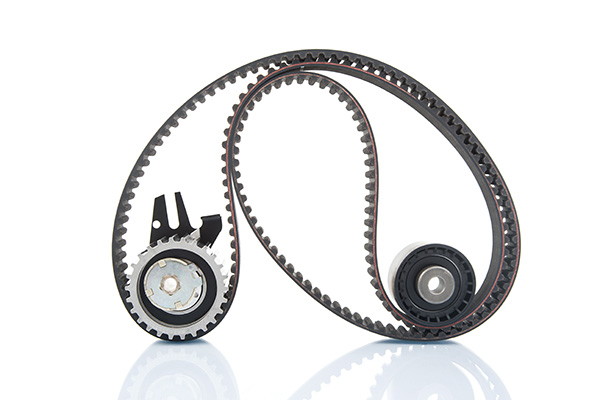
Belts may not seem like a big deal when you glance under the hood, but some play a much more critical role than others. In particular, the timing belt is one component that you never want to overlook. While both the timing belt and accessory belts are essential for your engine’s operation, one failure is far more serious than the other. Knowing the difference between these belts and why a timing belt failure can be catastrophic will help you avoid costly repairs and engine damage. What Does the Timing Belt Do The timing belt keeps your engine’s internal components moving in perfect sync. Specifically, it connects the crankshaft and camshaft, ensuring that the valves open and close at the right time in relation to the pistons. This precise timing is what allows your engine to run efficiently and avoid internal collisions between components. Timing belts are usually made of reinforced rubber and have teeth that match the gears they drive. They’re co ... read more
Posted on 4/28/2025
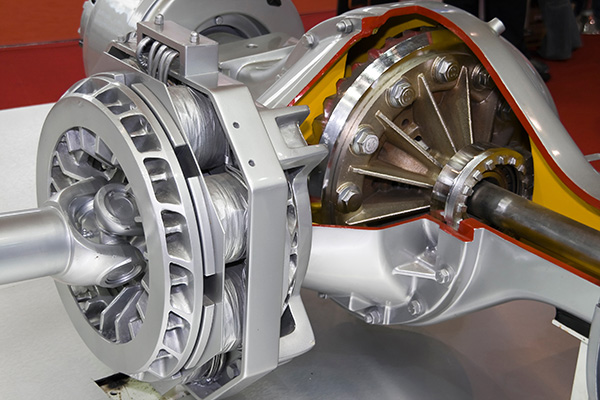
It’s not something you see when you pop the hood, and most drivers never think about it until there’s a problem—but the differential is a key part of your car’s drivetrain. It allows your wheels to spin at different speeds, especially when turning, which is essential for traction, stability, and overall drivability. Whether you drive a front-wheel, rear-wheel, or all-wheel drive vehicle, you’ve got at least one differential working behind the scenes. So what exactly does it do—and what happens if it starts to fail? What the Differential Actually Does When your car goes around a corner, the outside wheels have to travel farther than the inside ones. That means they need to spin faster to keep up. The differential makes this possible by distributing engine power to the wheels while allowing them to rotate at different speeds. Without it, both drive wheels would be locked together, which would cause tire scuffing, uneven wear, and v ... read more
Posted on 3/28/2025

Most people know that drunk driving is dangerous, but distracted driving is overlooked as an equally serious risk. With smartphones, in-car entertainment systems, and everyday distractions, a lot of drivers don’t realize how much their attention is divided while on the road. So, how does distracted driving compare to drunk driving? The statistics might surprise you. Both behaviors impair reaction times, reduce focus, and increase the chances of fatal accidents. Understanding the risks—and knowing how to avoid them—can help keep you and others safer on the road. What Happens When a Driver Is Distracted Distracted driving is more than just texting—it includes anything that takes your eyes, hands, or mind off driving. This can be something as simple as adjusting the radio, eating, or using a navigation system. Even a split second of distraction can lead to missing a stoplight, veering into another lane, or failing to react to sudden road hazards ... read more